Home>Home Appliances>Heating & Cooling>How To Clear An Airlock In A Central Heating System
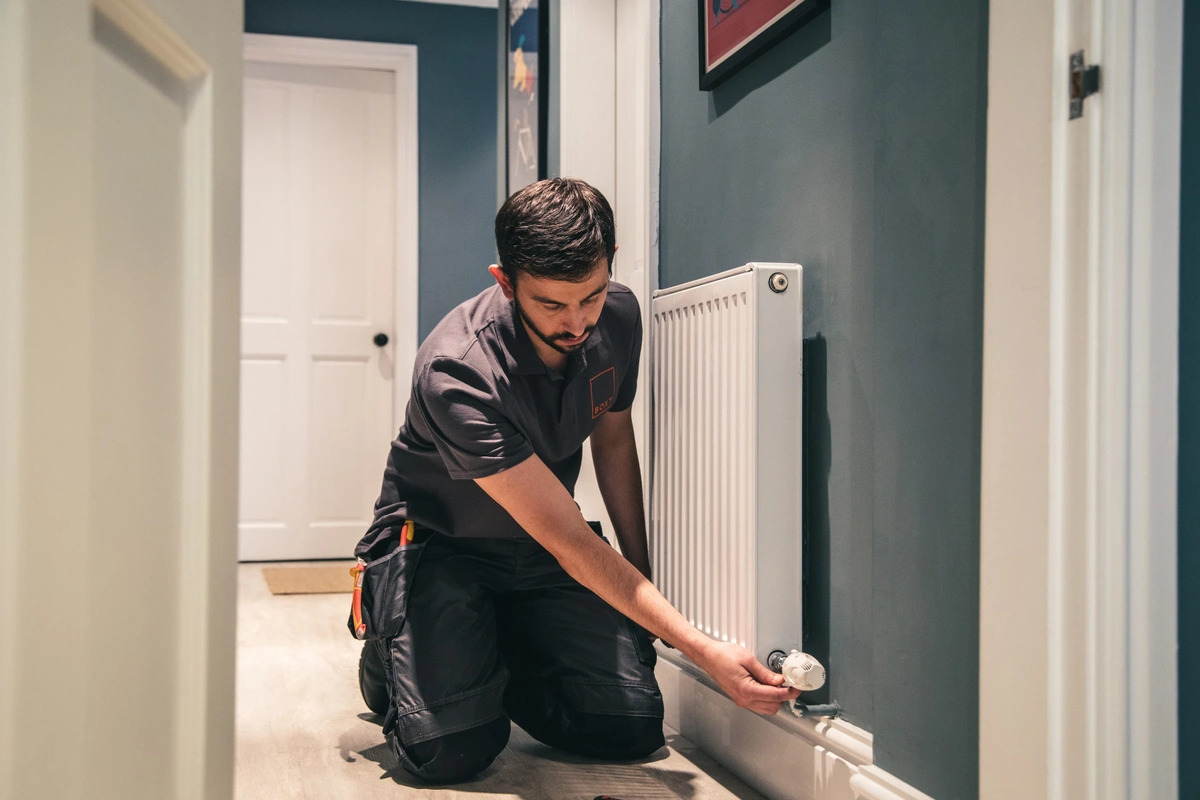

Heating & Cooling
How To Clear An Airlock In A Central Heating System
Published: February 14, 2024
Learn how to clear an airlock in your central heating system with our expert tips and troubleshooting guide. Keep your heating and cooling system running smoothly.
(Many of the links in this article redirect to a specific reviewed product. Your purchase of these products through affiliate links helps to generate commission for Storables.com, at no extra cost. Learn more)
Introduction
Dealing with an airlock in a central heating system can be a frustrating experience for homeowners. When air becomes trapped within the system, it can impede the flow of hot water or steam, leading to uneven heating or even complete system failure. Understanding how to identify and resolve airlocks is essential for maintaining a well-functioning heating system.
In this comprehensive guide, we will delve into the intricacies of airlocks in central heating systems, explore the telltale signs of their presence, and discuss effective methods for clearing them. By the end of this article, you will be equipped with the knowledge and techniques necessary to tackle airlocks with confidence, ensuring that your central heating system operates at its optimal level.
Let's embark on this journey to unravel the mysteries of airlocks and empower ourselves with the expertise to keep our central heating systems running smoothly.
Key Takeaways:
- Don’t ignore uneven heating or strange noises from your central heating system. They could be signs of airlocks. Clear them by bleeding radiators, power flushing, using chemical cleaners, or seeking professional help.
- Understanding airlocks and their signs empowers you to maintain a cozy home. Clear airlocks from your central heating system using simple methods or professional assistance for consistent warmth and comfort.
Read more: How To Use Central Heating
Understanding Airlocks in Central Heating Systems
Airlocks in central heating systems occur when air becomes trapped within the pipes, radiators, or boiler. This trapped air can obstruct the flow of hot water or steam, leading to reduced heating efficiency and potential system malfunctions. Understanding the nature of airlocks is crucial for effectively addressing and preventing these issues.
When a central heating system is filled with water, it is essential to ensure that all air is bled out. However, air can still become trapped within the system due to various reasons, such as improper installation, leaks, or routine maintenance. As the air accumulates, it forms pockets within the pipes and radiators, hindering the circulation of hot water or steam.
The presence of airlocks can lead to several adverse effects on the central heating system. Uneven heating within the property is a common indication of airlocks, as certain radiators may remain cold while others heat up excessively. Additionally, the boiler may produce unusual noises, such as gurgling or banging, as it struggles to operate efficiently in the presence of trapped air. Reduced water pressure and an overall decline in heating performance are also telltale signs of airlocks.
To effectively address airlocks in central heating systems, it is essential to comprehend the underlying causes and the potential impact on system functionality. By gaining a comprehensive understanding of airlocks, homeowners and heating system professionals can implement targeted solutions to restore the system's optimal performance.
Understanding the dynamics of airlocks in central heating systems empowers individuals to proactively identify and address these issues, ensuring the efficient and uninterrupted operation of their heating systems. With this knowledge, homeowners can take proactive measures to prevent the recurrence of airlocks, thereby promoting the longevity and reliability of their central heating systems.
Signs of an Airlock
Identifying the presence of an airlock within a central heating system is crucial for prompt resolution and the prevention of potential system damage. Several distinct signs serve as indicators of the existence of airlocks, enabling homeowners to take proactive measures to address these issues effectively.
-
Uneven Heating: One of the most noticeable signs of an airlock is the uneven distribution of heat across the property. Certain radiators may remain cold or lukewarm while others become excessively hot. This stark contrast in heating indicates a disruption in the circulation of hot water or steam, often attributed to airlocks within the system.
-
Unusual Noises: The presence of airlocks can cause the central heating system to produce distinct noises, such as gurgling, banging, or tapping sounds. These noises emanate from the radiators or the boiler and are indicative of air pockets interfering with the flow of water or steam. The disruptive sounds serve as audible cues for the potential presence of airlocks within the system.
-
Reduced Heating Performance: When airlocks impede the flow of hot water or steam, the overall heating performance of the system diminishes. Homeowners may notice a decline in the system's ability to maintain a consistent and comfortable indoor temperature. This reduction in heating performance serves as a clear indication of underlying issues, including the presence of airlocks.
-
Inconsistent Water Pressure: Airlocks can lead to fluctuations in water pressure within the central heating system. Homeowners may observe irregularities in the water pressure gauge or experience variations in the effectiveness of the system's heating capabilities. Inconsistent water pressure serves as a reliable indicator of potential airlock-related disruptions.
-
Cold Radiators: In the presence of airlocks, certain radiators may fail to heat up adequately, remaining cold to the touch even when the heating system is operational. This disparity in radiator temperatures across the property signals the presence of airlocks, necessitating prompt attention to restore the system's equilibrium.
By recognizing these distinct signs of airlocks within a central heating system, homeowners can promptly address these issues, thereby safeguarding the efficiency and functionality of their heating systems. Proactive identification and resolution of airlocks contribute to the sustained performance and longevity of central heating systems, ensuring optimal comfort and warmth within residential properties.
To clear an airlock in a central heating system, try bleeding the radiators by using a radiator key to open the valve and release any trapped air. Make sure to have a towel handy to catch any water that may come out.
Methods to Clear an Airlock
Addressing an airlock in a central heating system requires a systematic approach to effectively remove trapped air and restore the unimpeded flow of hot water or steam. Several methods can be employed to clear airlocks, each offering a targeted solution to alleviate the disruptive effects of trapped air within the system.
-
Bleeding Radiators: This method involves releasing the trapped air from individual radiators within the central heating system. To execute this process, homeowners can utilize a radiator key to open the bleed valve, typically located at the top of each radiator. As the valve is opened, any trapped air escapes, allowing hot water to fill the radiator completely. It is essential to have a container or cloth ready to capture any water that may be released during the bleeding process. Once the air is purged, the valve is closed, ensuring that the radiator is filled with water and free from airlocks.
-
Using a Power Flush: Employing a power flush machine can effectively clear airlocks and remove debris from the central heating system. This method involves connecting the power flush machine to the heating system, allowing high-velocity water to circulate through the pipes and radiators. The force of the water dislodges and expels any trapped air, sludge, or debris, restoring the system's optimal functionality. Power flushing is a comprehensive method that not only clears airlocks but also enhances the overall efficiency and longevity of the central heating system.
-
Utilizing a Chemical Cleaner: Chemical cleaners designed for central heating systems can be utilized to disperse airlocks and eliminate accumulated debris. These cleaners are added to the system and circulated to dissolve and remove any trapped air or sludge. By following the manufacturer's instructions and allowing the chemical cleaner to effectively permeate the system, homeowners can effectively address airlocks and restore the system's heating performance.
-
Seeking Professional Assistance: In cases where airlocks persist despite initial attempts to clear them, seeking professional assistance from heating system experts is advisable. Qualified professionals possess the expertise and specialized equipment to diagnose and resolve complex airlock issues. They can employ advanced techniques, such as hydraulic balancing and targeted airlock removal, to restore the central heating system to its optimal state.
By employing these methods to clear airlocks in central heating systems, homeowners can effectively address the disruptive effects of trapped air and restore the efficient operation of their heating systems. Proactive measures to clear airlocks contribute to sustained heating performance, ensuring consistent warmth and comfort within residential properties.
Conclusion
In conclusion, the presence of airlocks within central heating systems can significantly disrupt the efficient operation of the entire heating infrastructure. Recognizing the signs of airlocks, such as uneven heating, unusual noises, reduced heating performance, inconsistent water pressure, and cold radiators, is crucial for prompt identification and resolution of these issues. By understanding the underlying causes and effects of airlocks, homeowners can take proactive measures to maintain the optimal functionality of their central heating systems.
Clearing airlocks from central heating systems requires a systematic approach, and several effective methods can be employed to address these issues. Bleeding radiators, utilizing power flushing, employing chemical cleaners, and seeking professional assistance are all viable strategies for clearing airlocks and restoring the unimpeded flow of hot water or steam within the system. These methods not only alleviate the disruptive effects of trapped air but also contribute to the overall efficiency and longevity of the central heating infrastructure.
It is essential for homeowners to prioritize the regular maintenance and upkeep of their central heating systems to prevent the recurrence of airlocks and ensure consistent warmth and comfort within their residential properties. By proactively addressing airlocks and implementing preventive measures, homeowners can safeguard the optimal performance of their heating systems, promoting a comfortable and inviting indoor environment throughout the year.
In essence, the knowledge and techniques presented in this guide empower homeowners to tackle airlocks within central heating systems with confidence and efficacy. By understanding the signs, causes, and methods for clearing airlocks, individuals can take proactive steps to maintain the seamless operation of their central heating systems, fostering a cozy and welcoming atmosphere within their homes. With this comprehensive understanding, homeowners are well-equipped to address airlocks and uphold the reliability and efficiency of their central heating systems for years to come.
Frequently Asked Questions about How To Clear An Airlock In A Central Heating System
Was this page helpful?
At Storables.com, we guarantee accurate and reliable information. Our content, validated by Expert Board Contributors, is crafted following stringent Editorial Policies. We're committed to providing you with well-researched, expert-backed insights for all your informational needs.
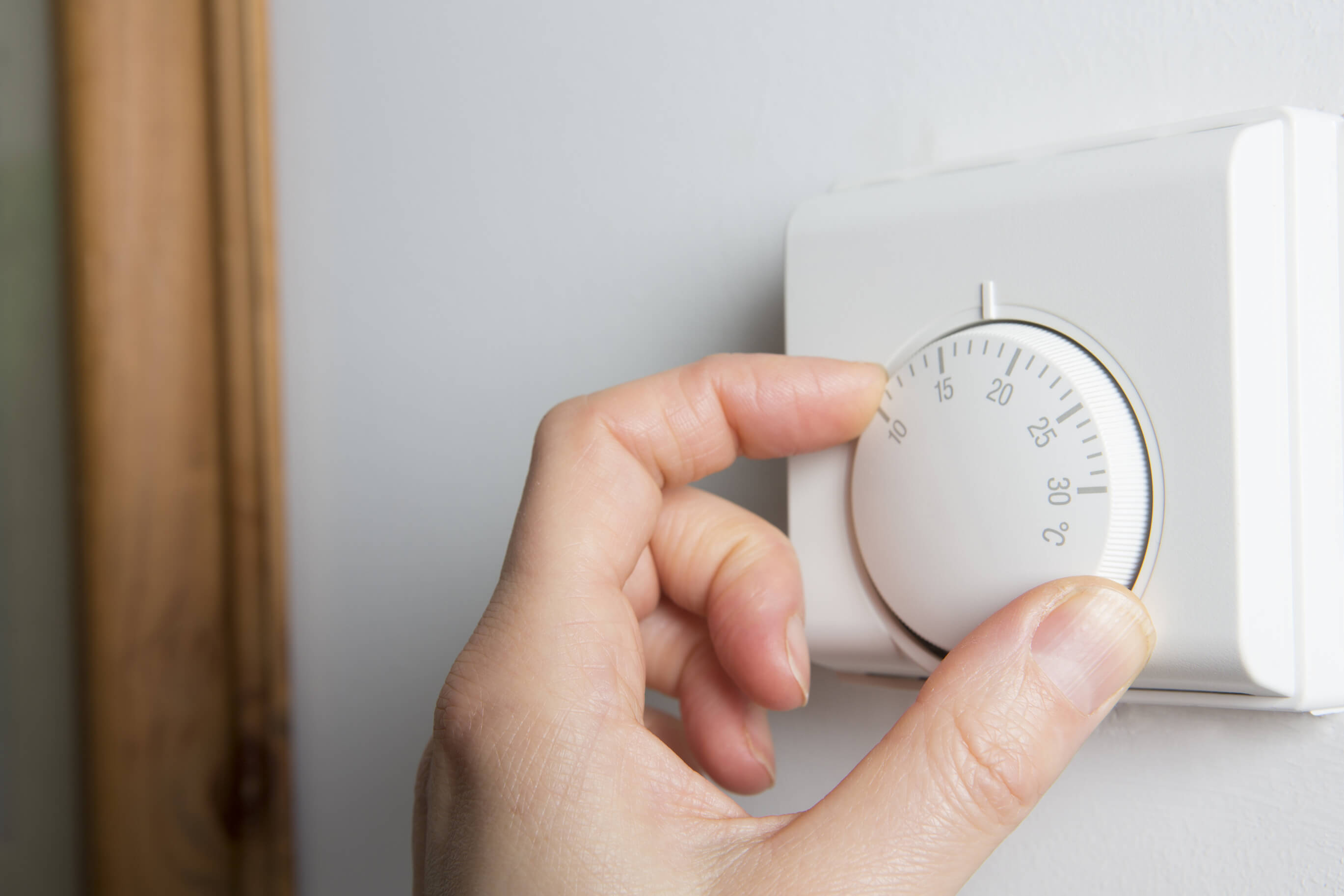
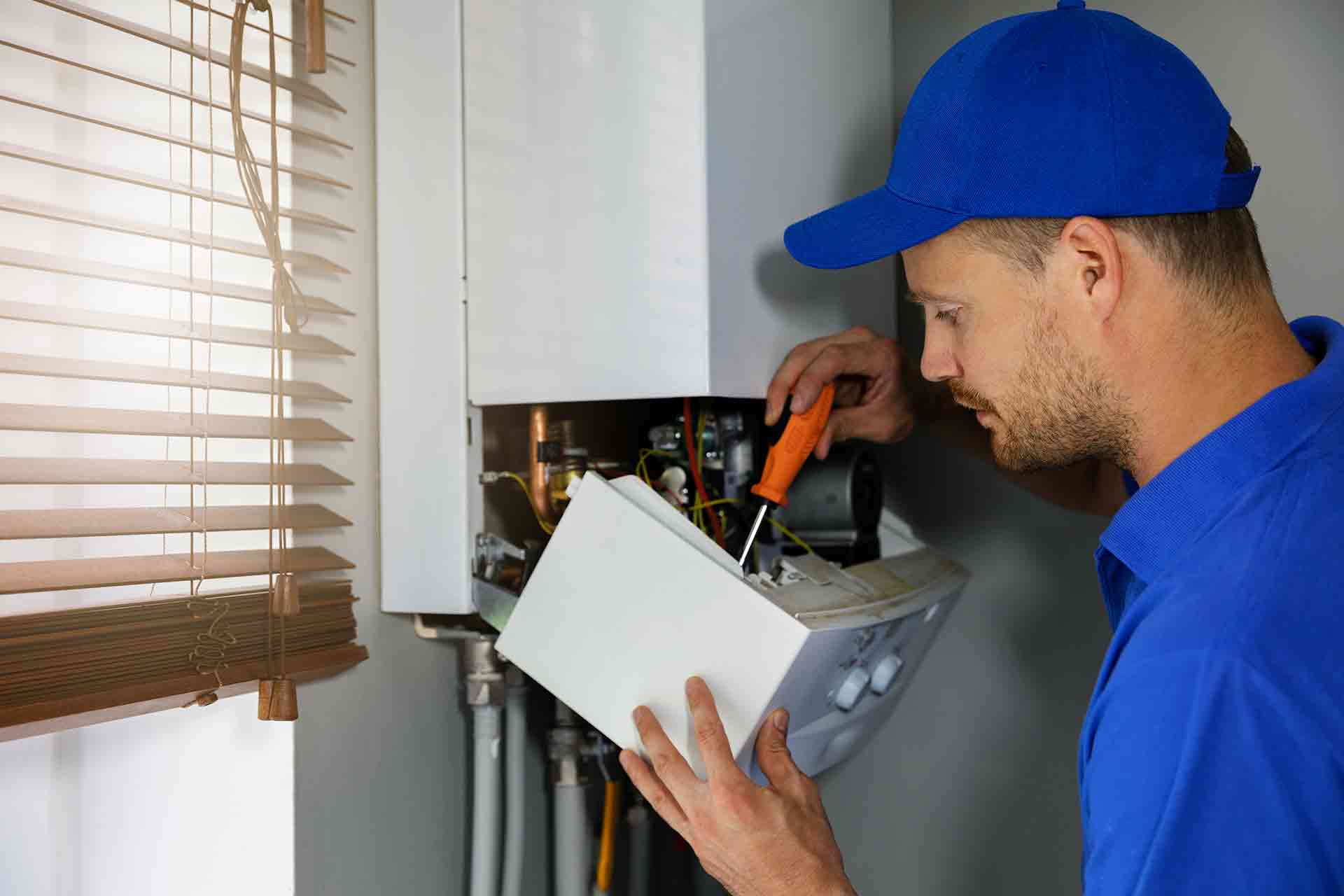
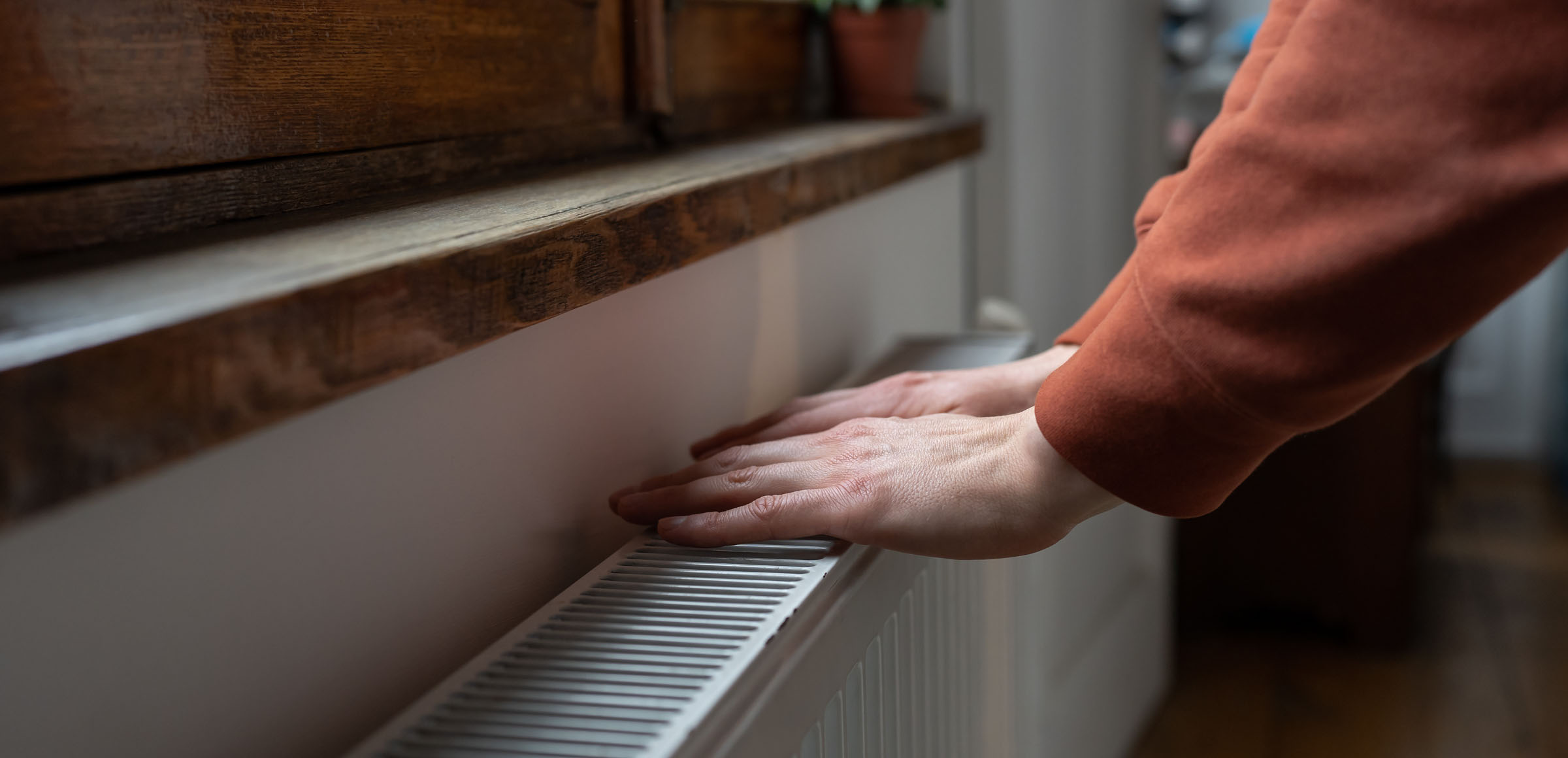
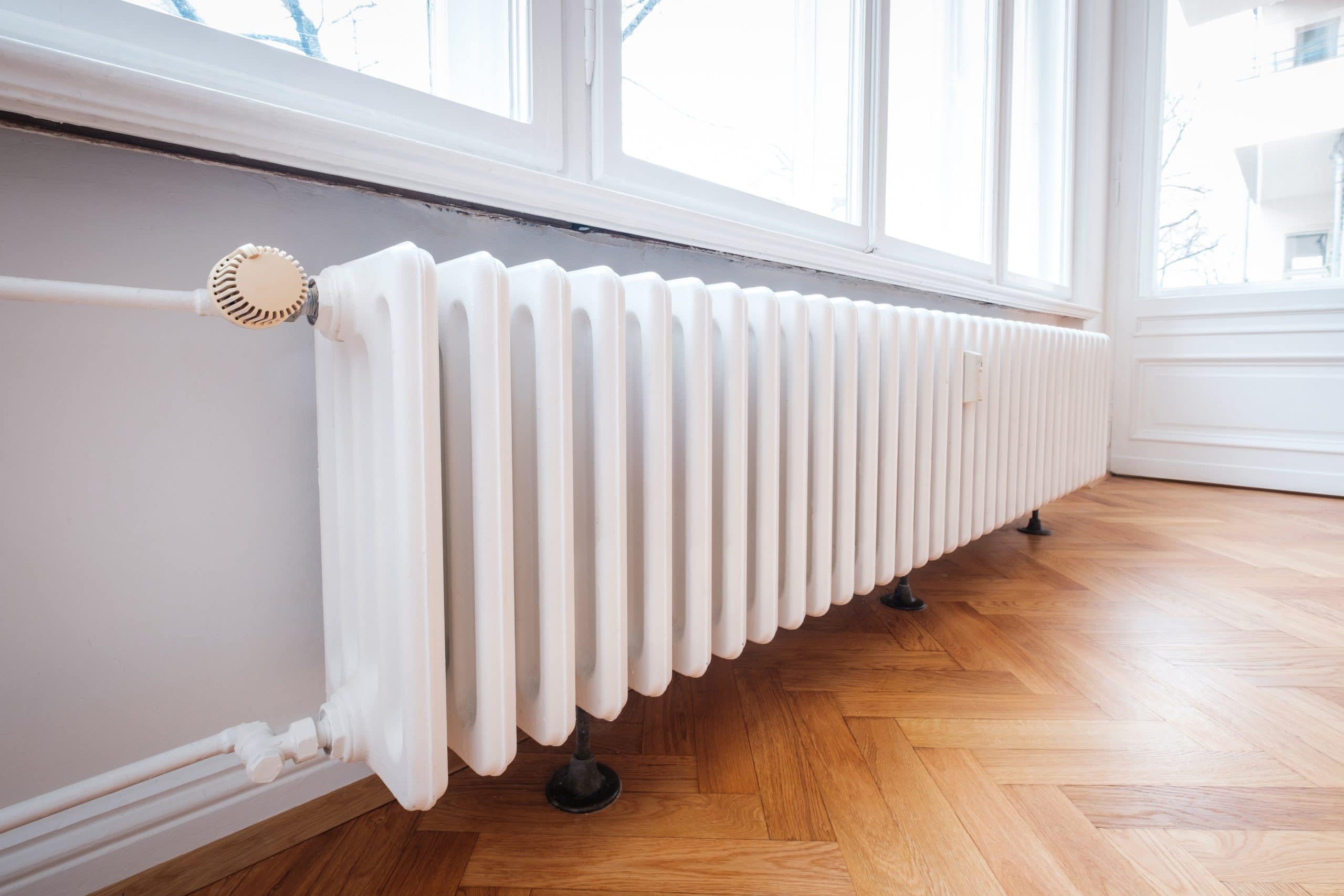
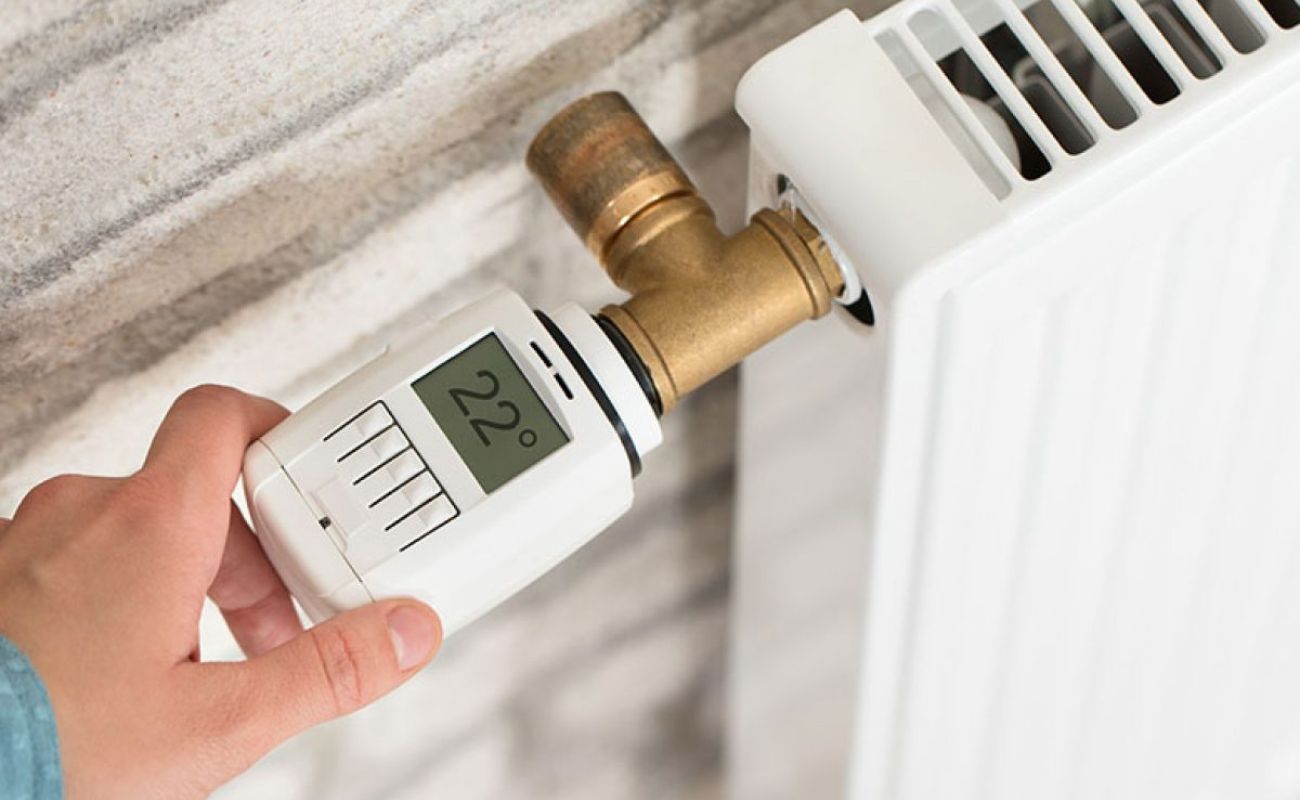
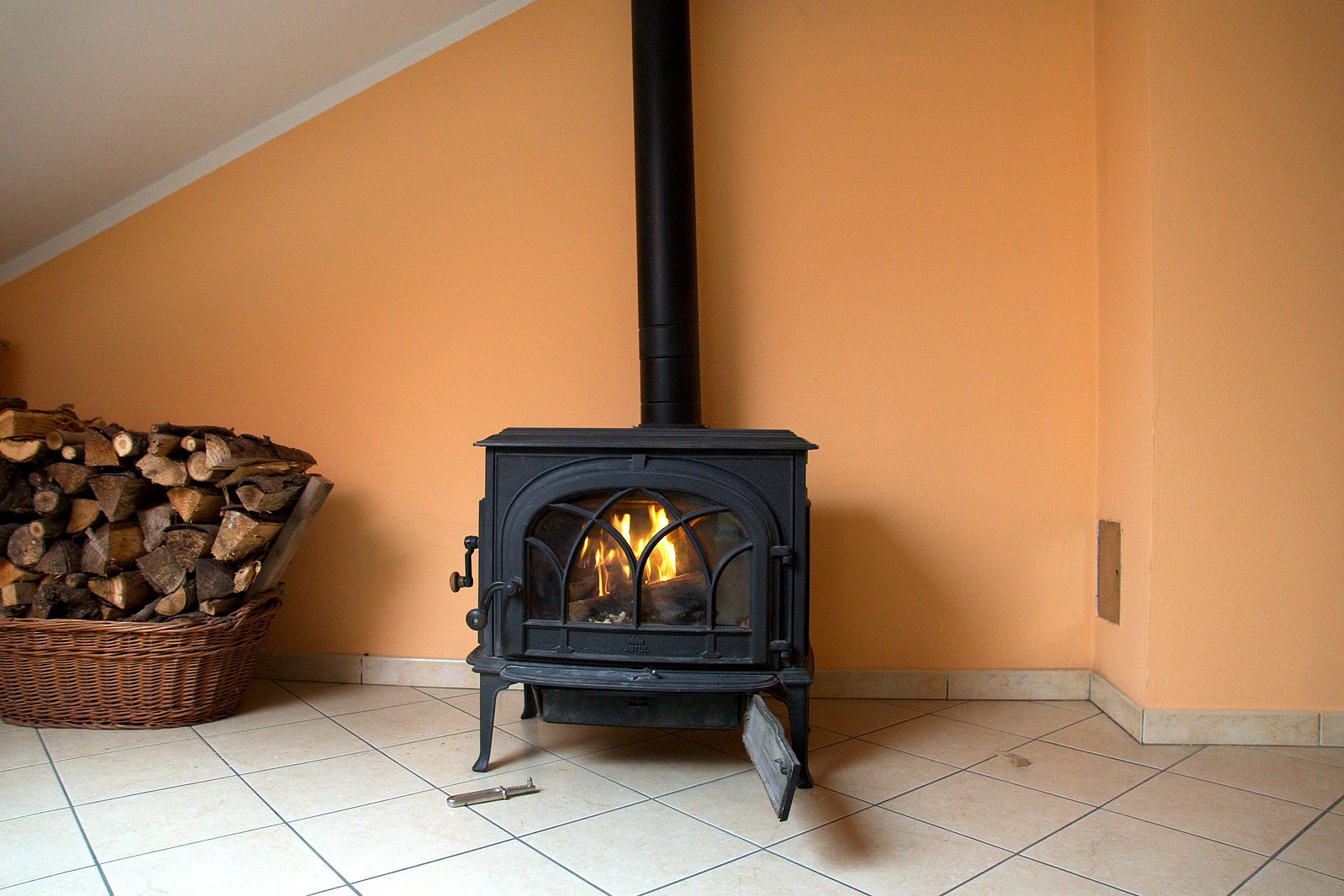
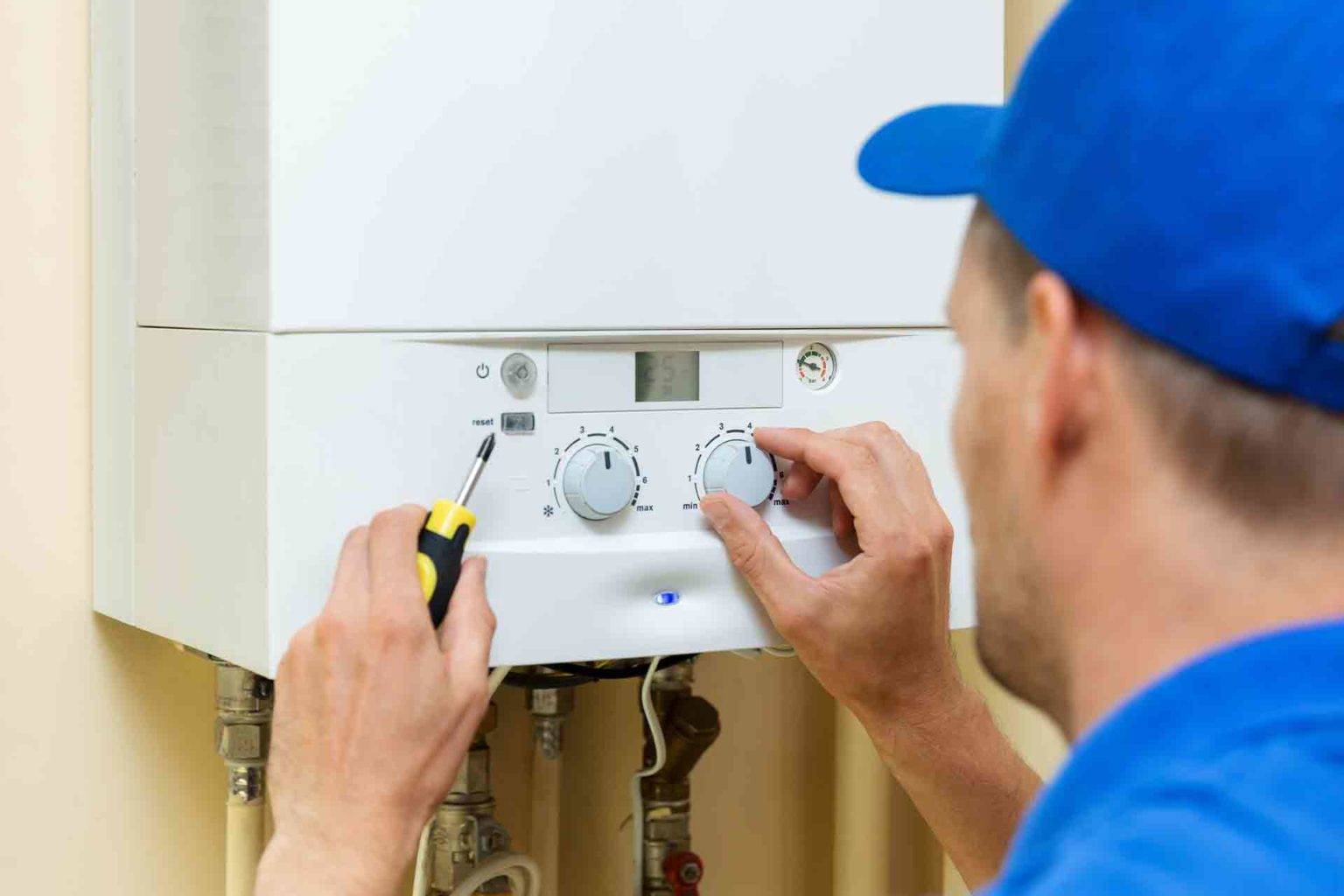
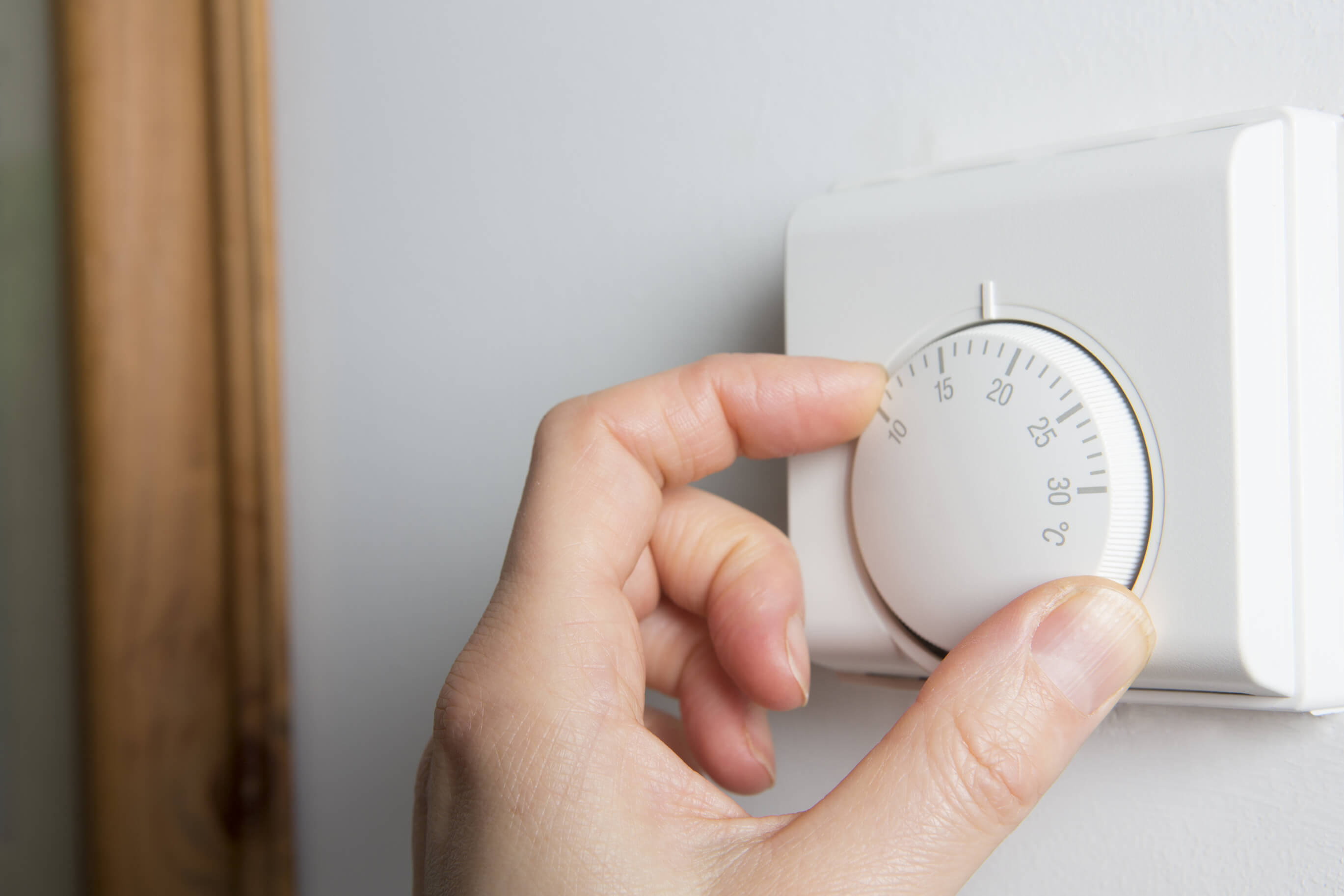
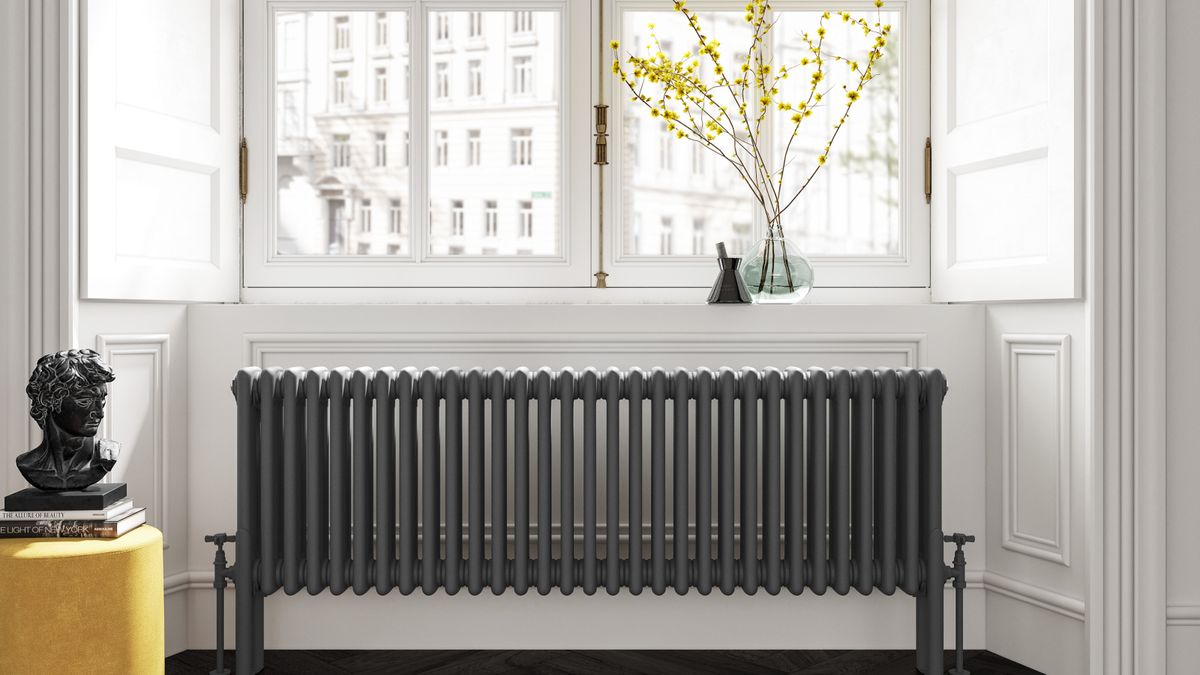
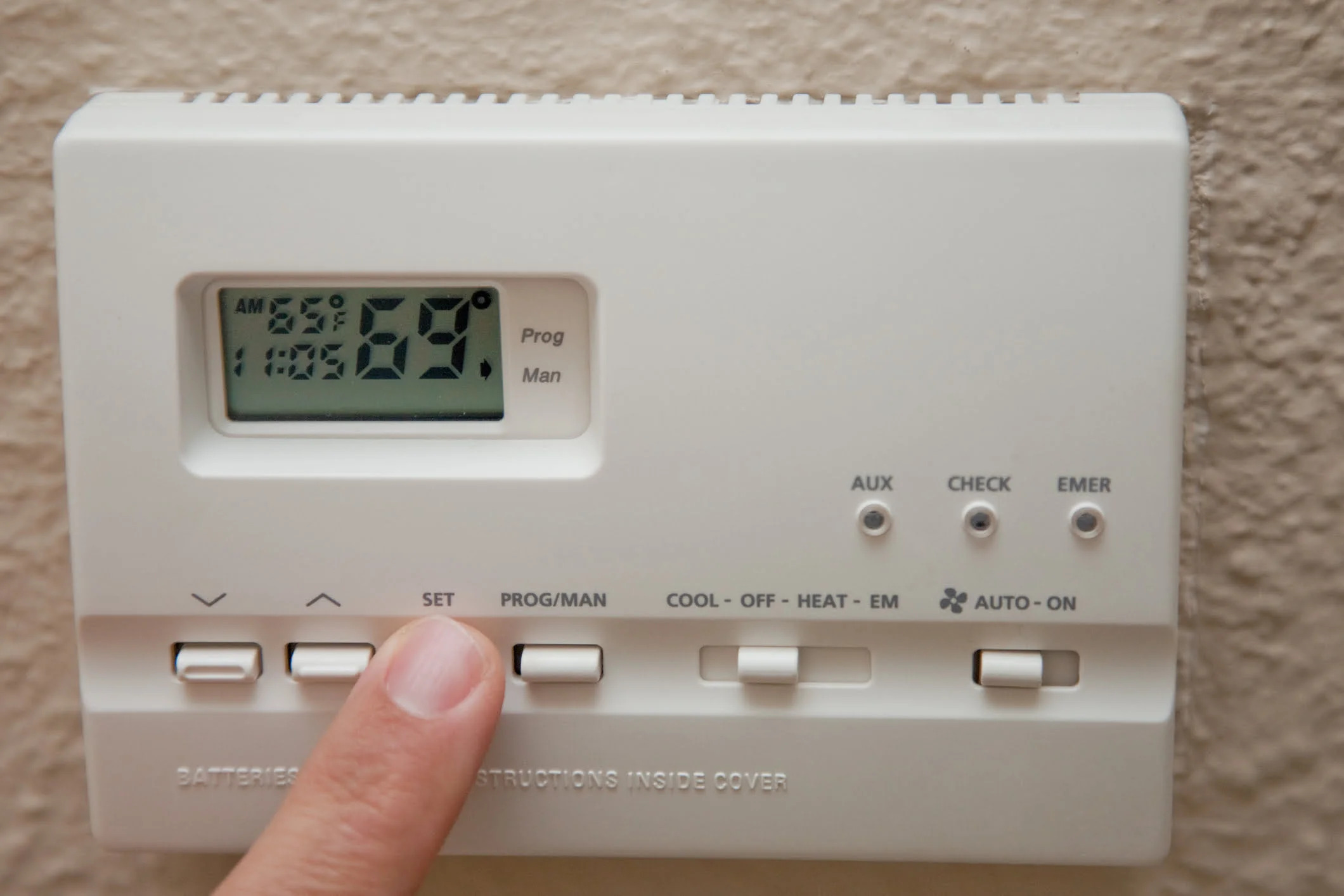
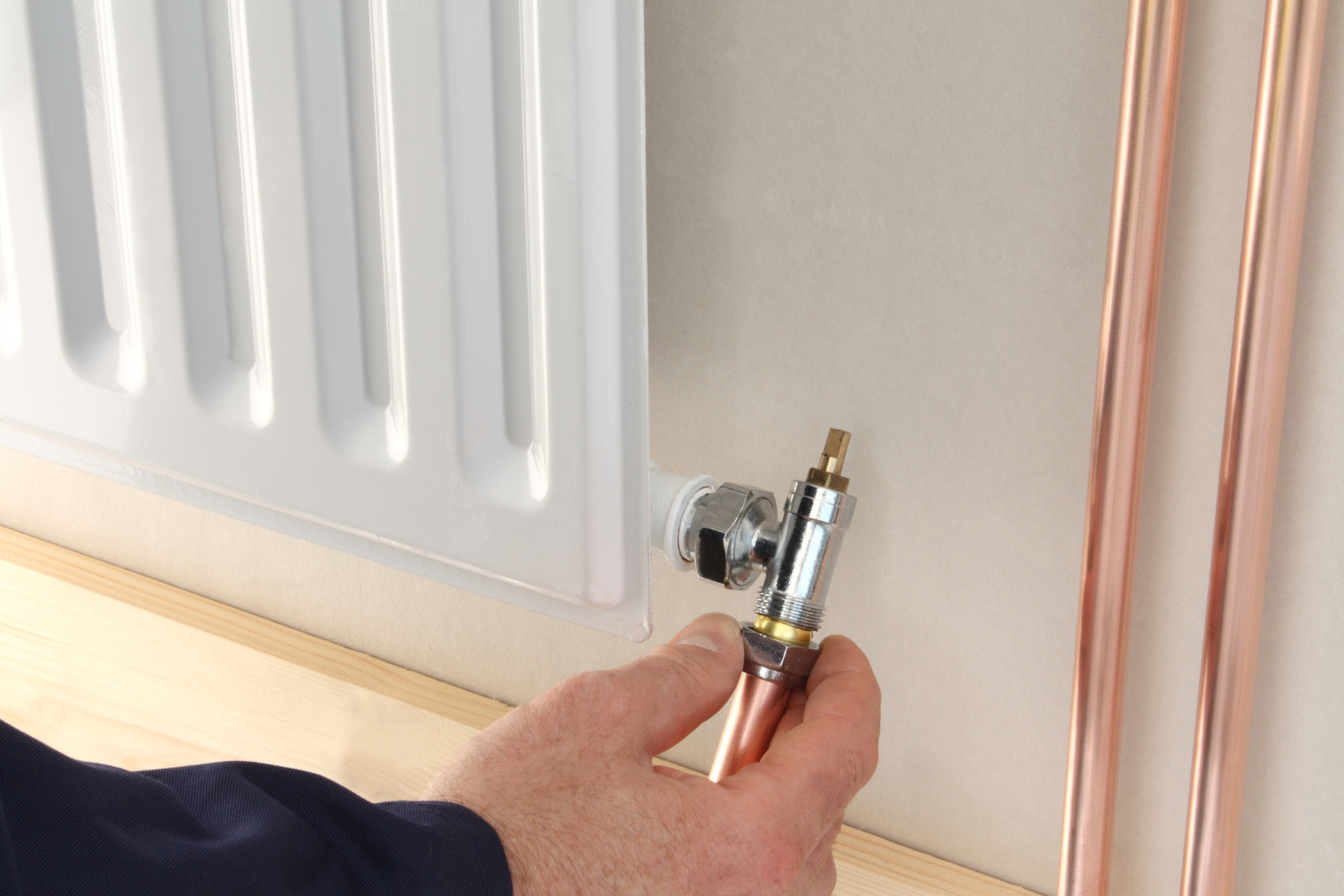

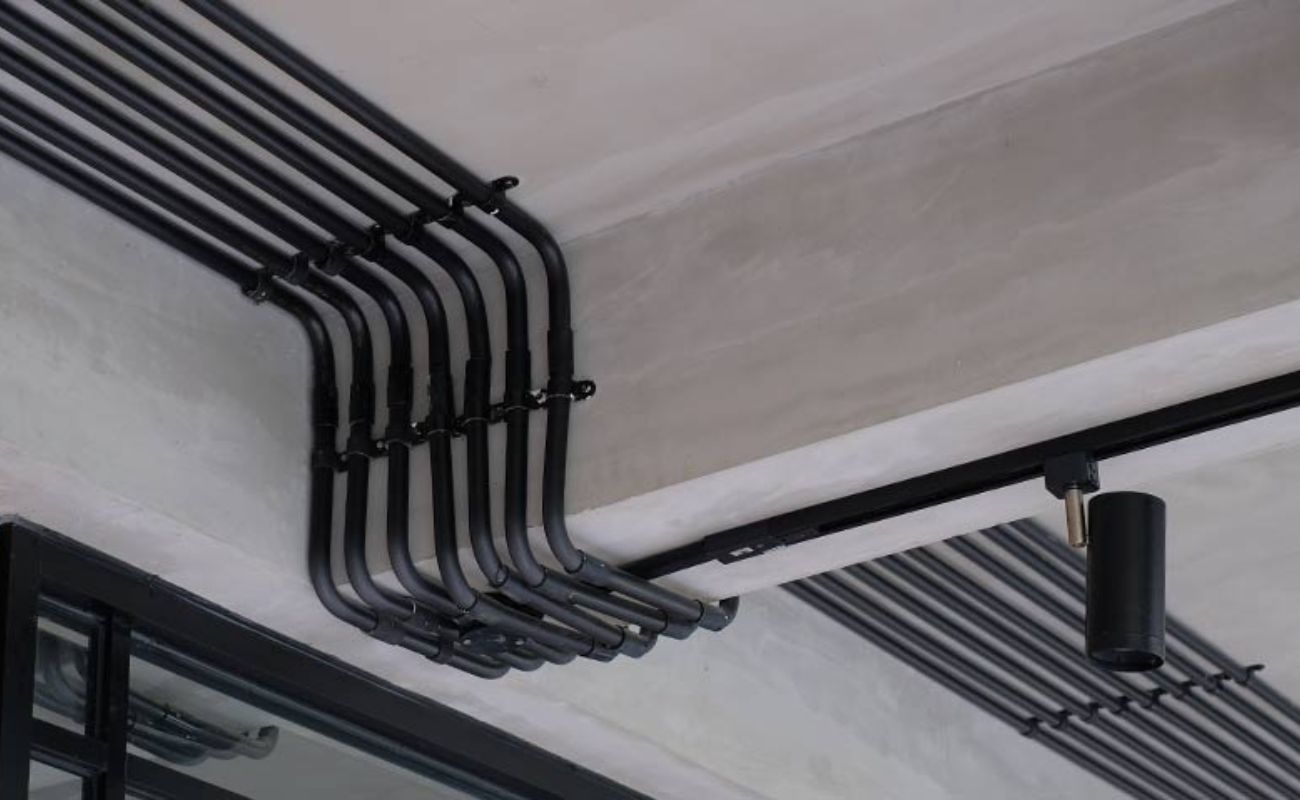
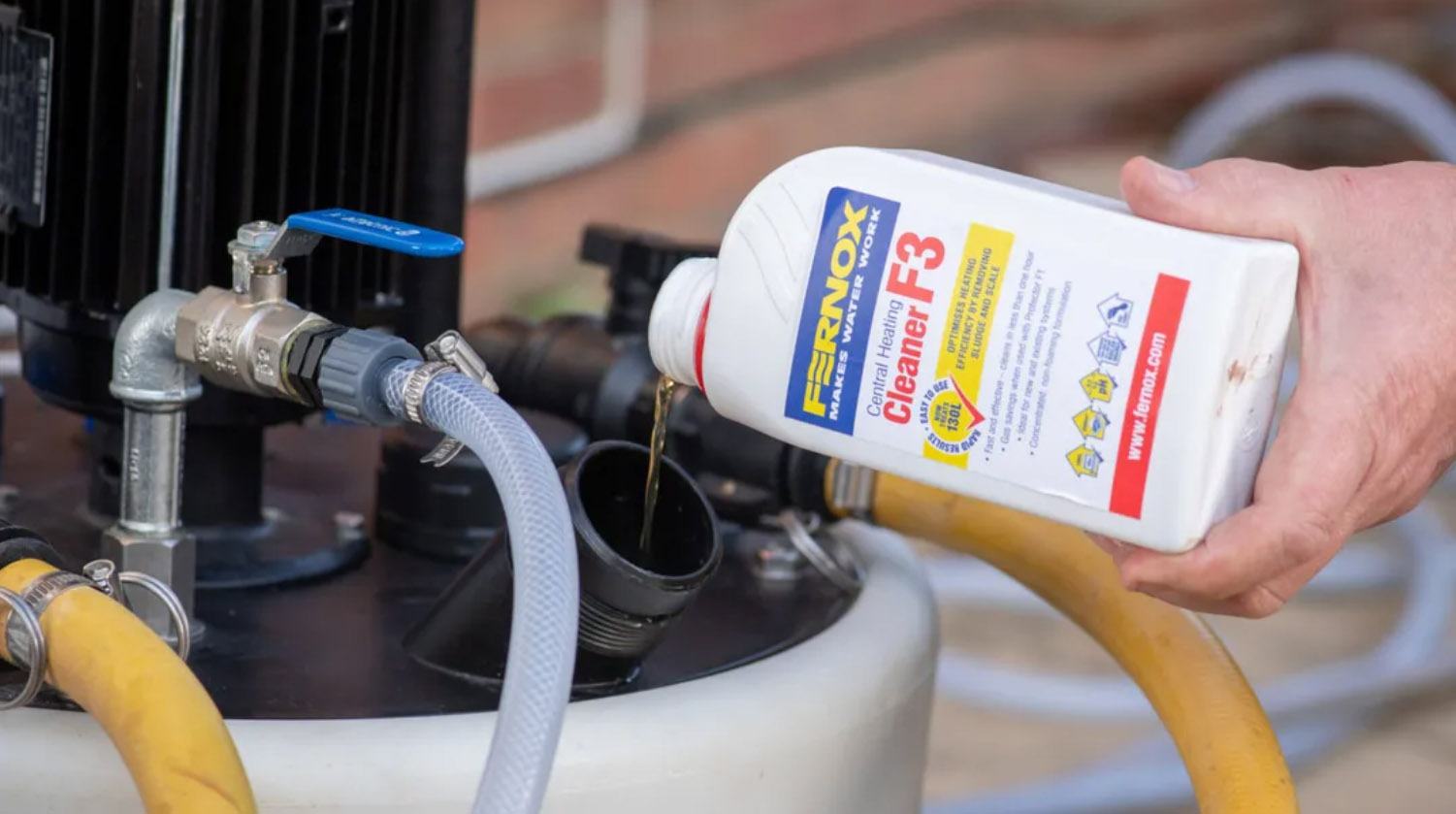
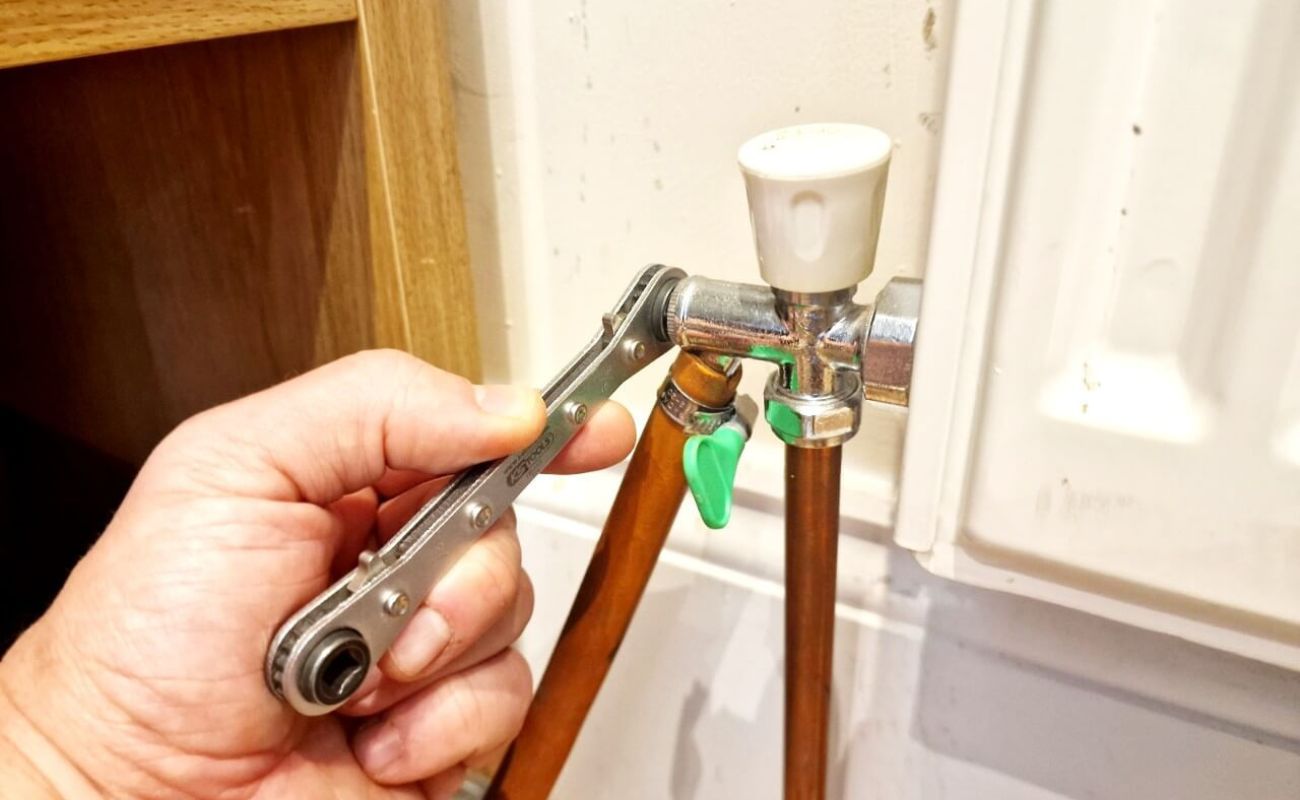

0 thoughts on “How To Clear An Airlock In A Central Heating System”